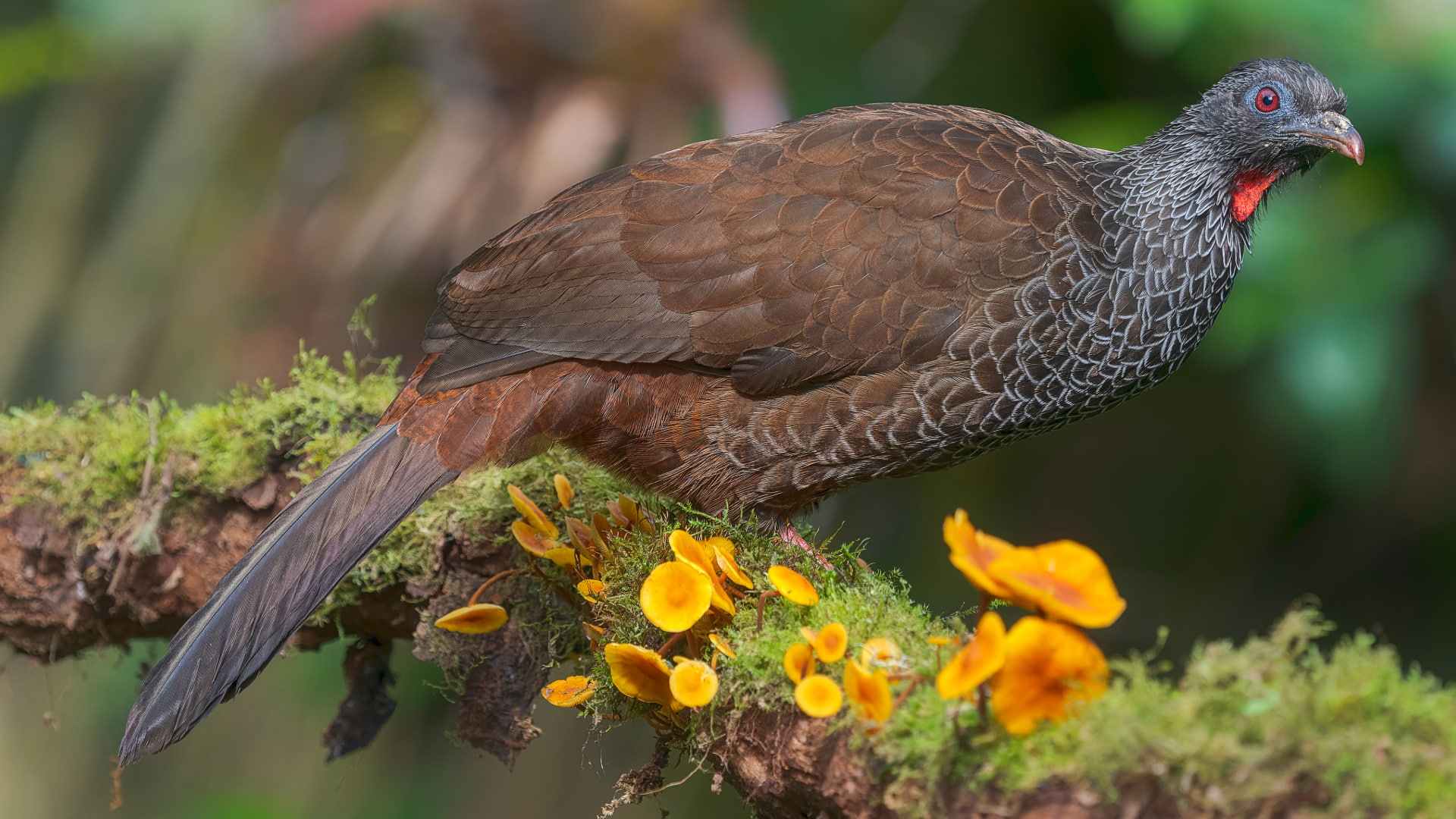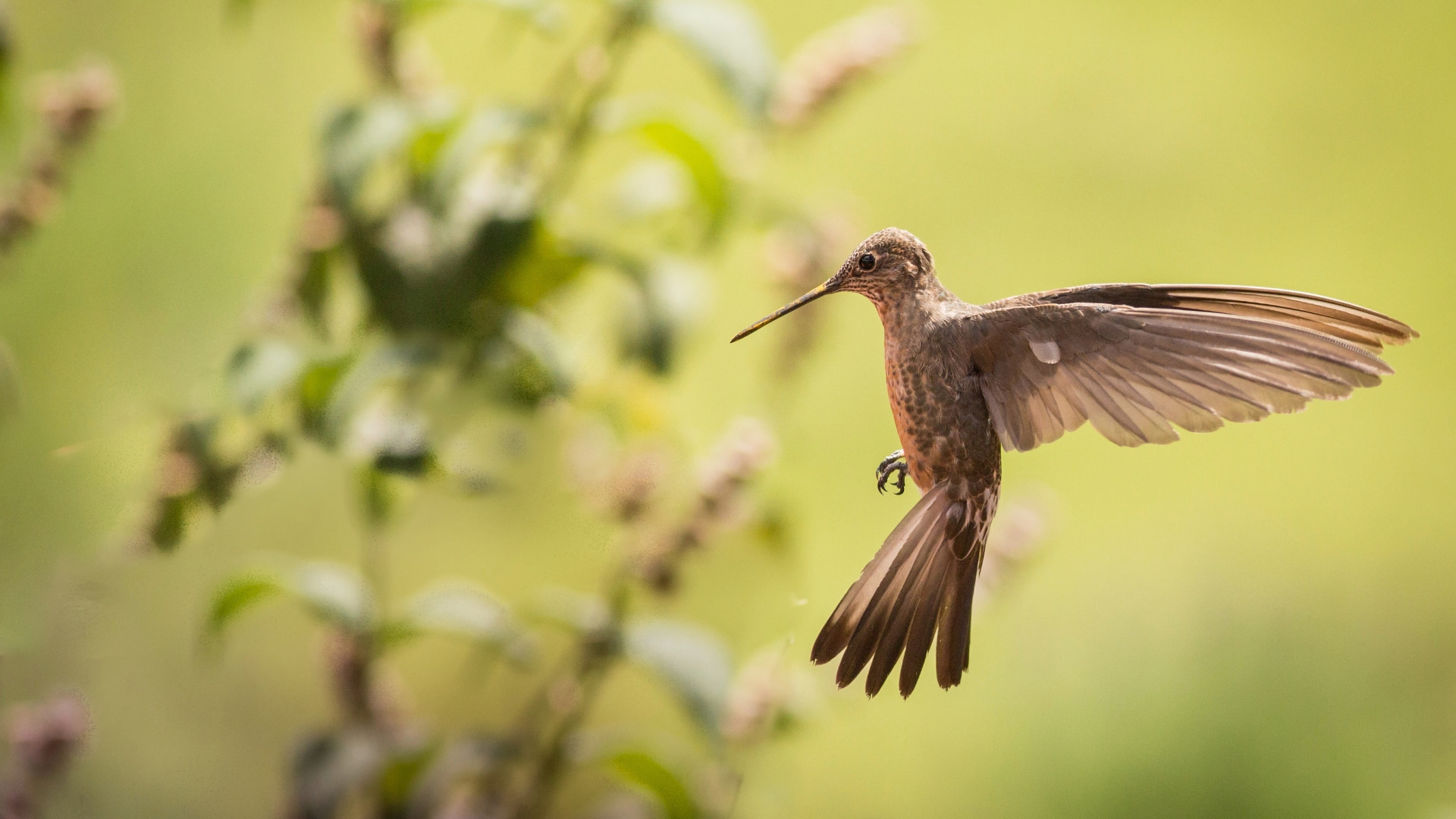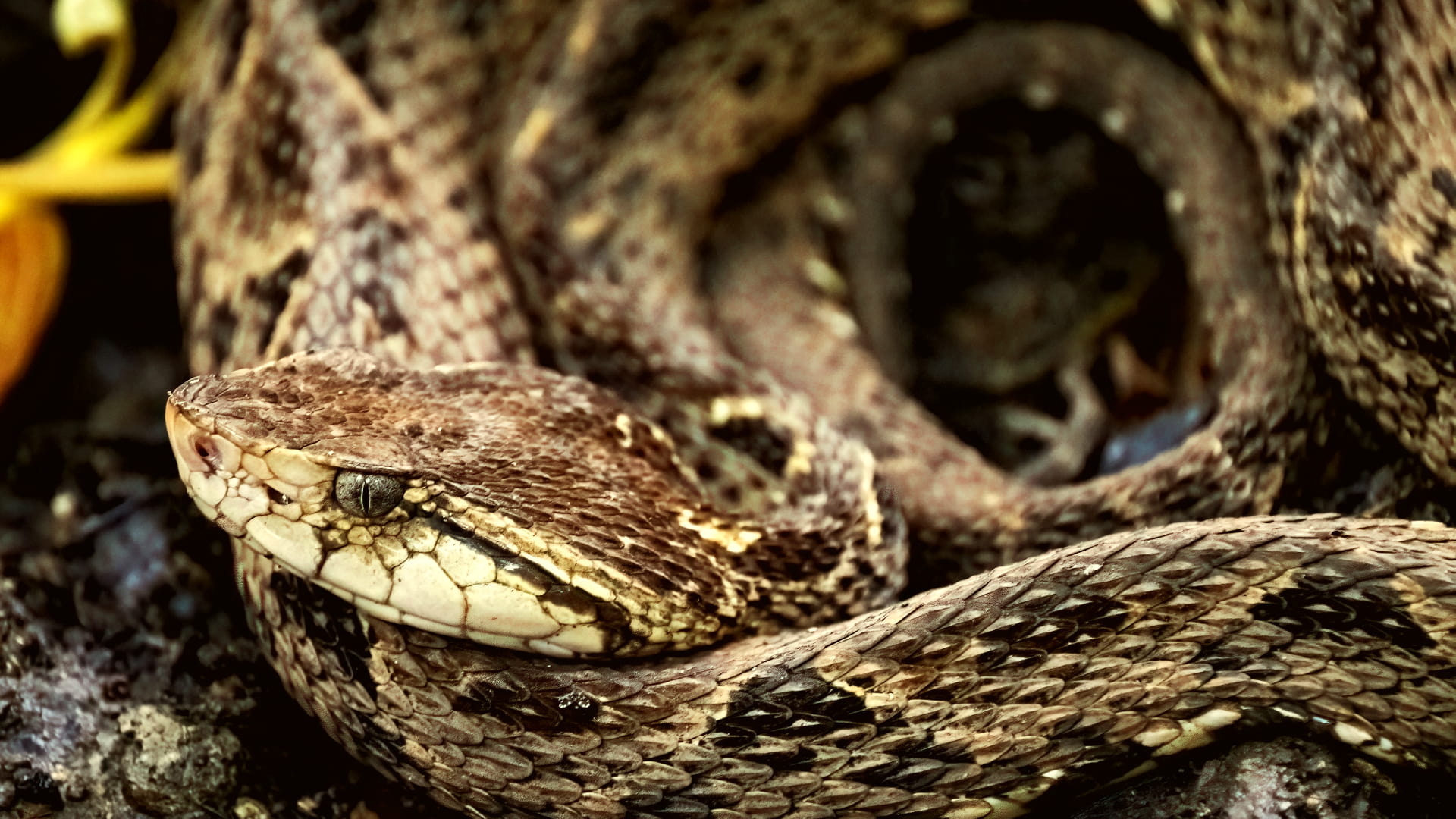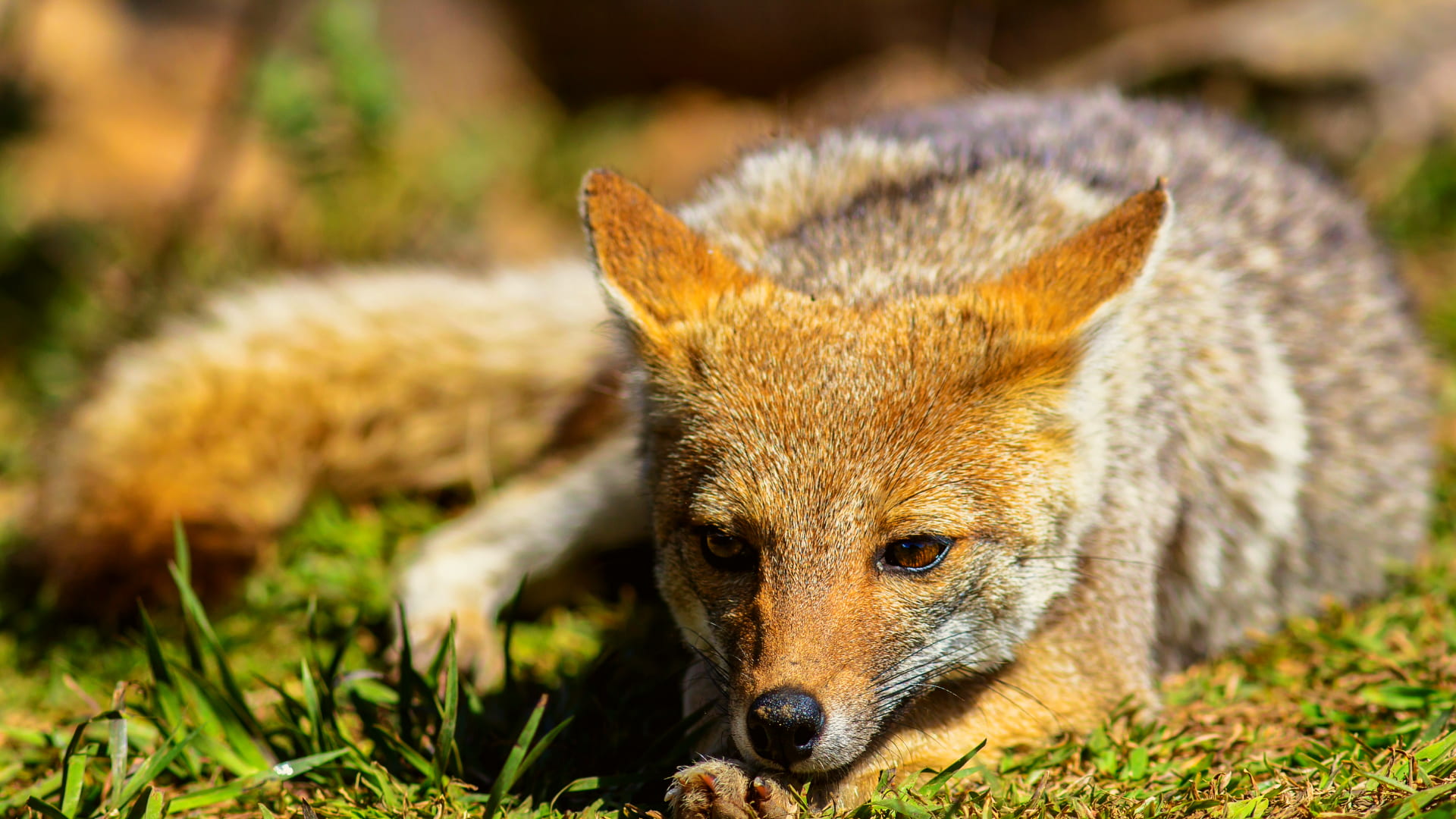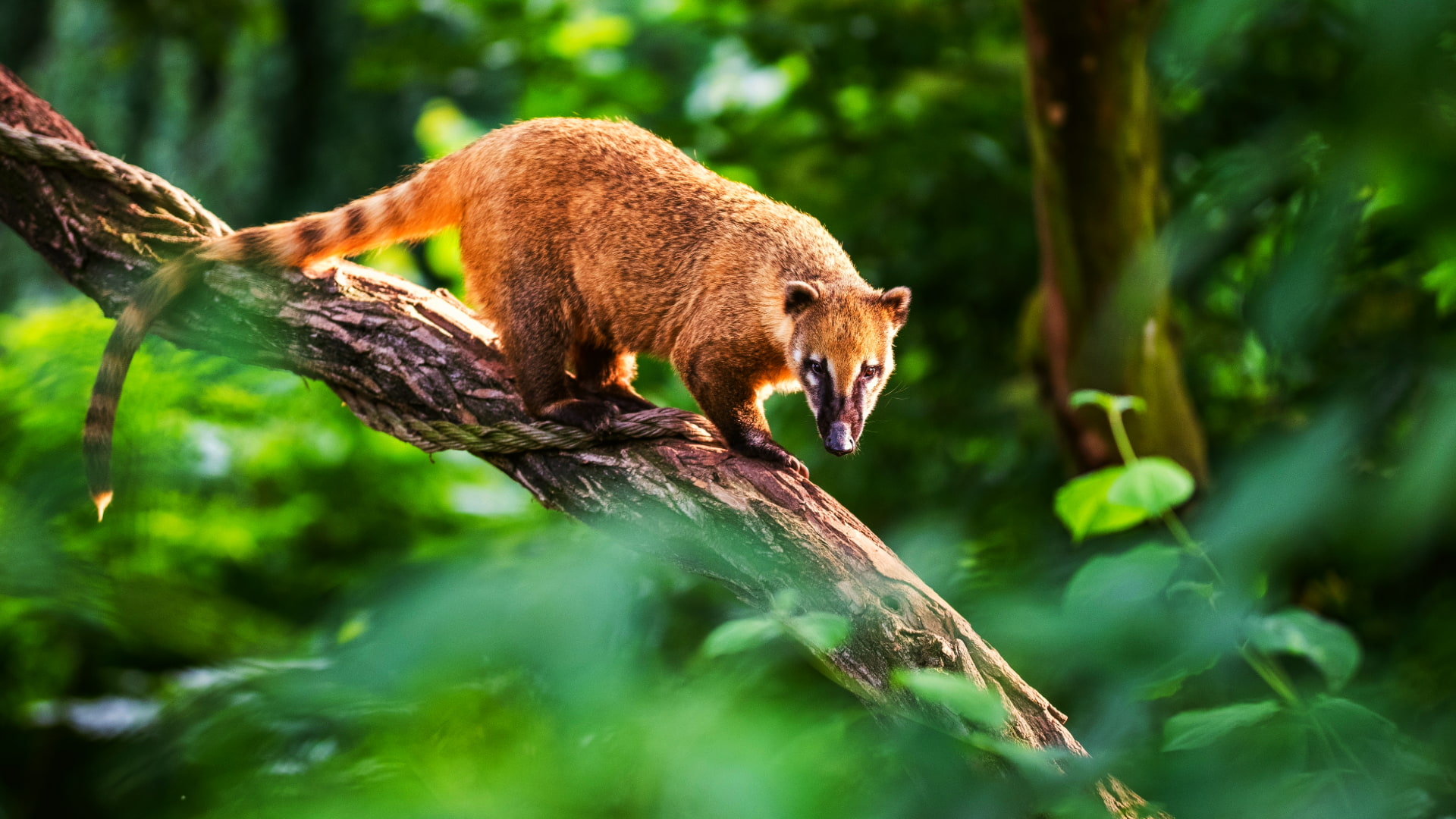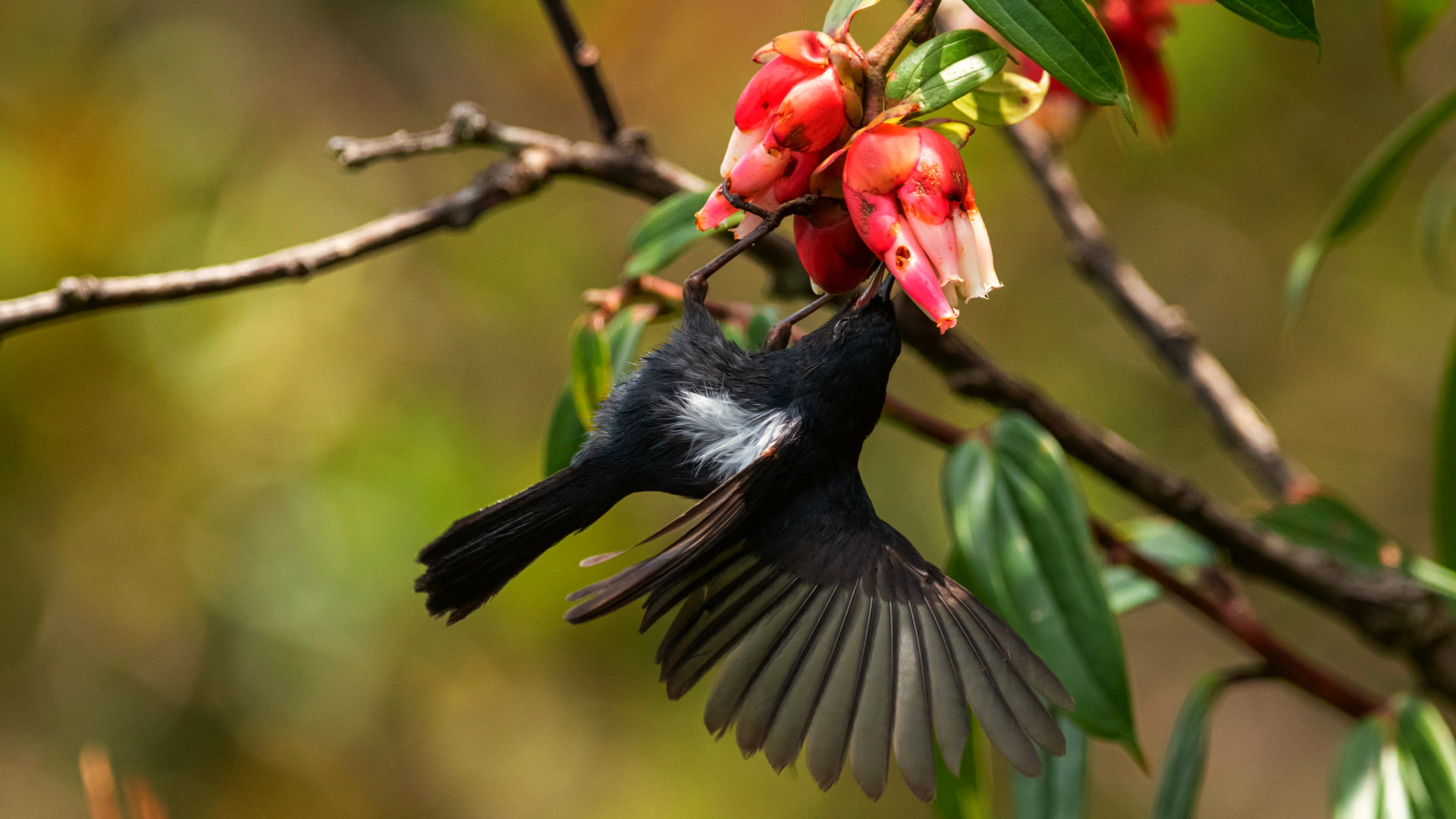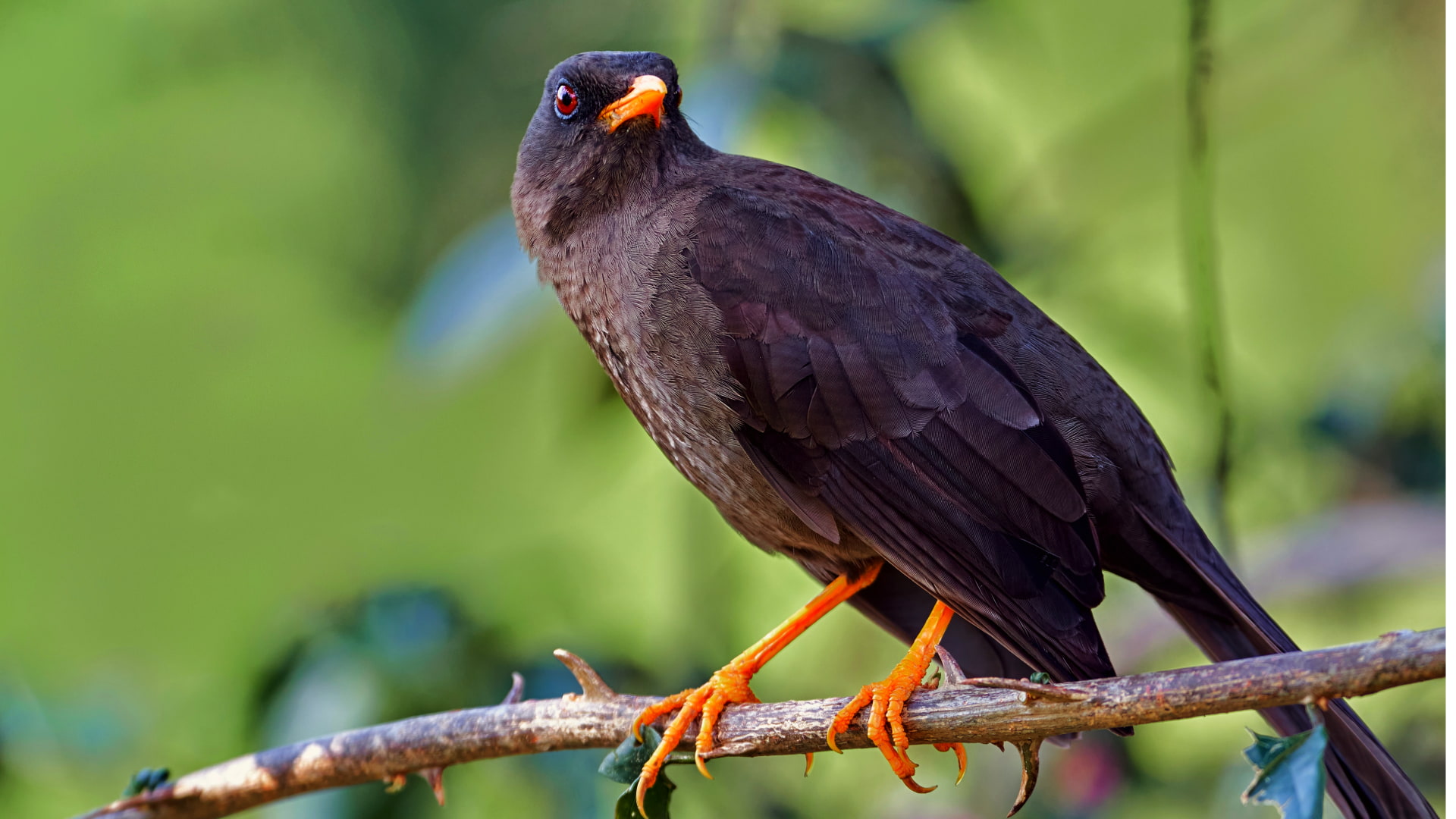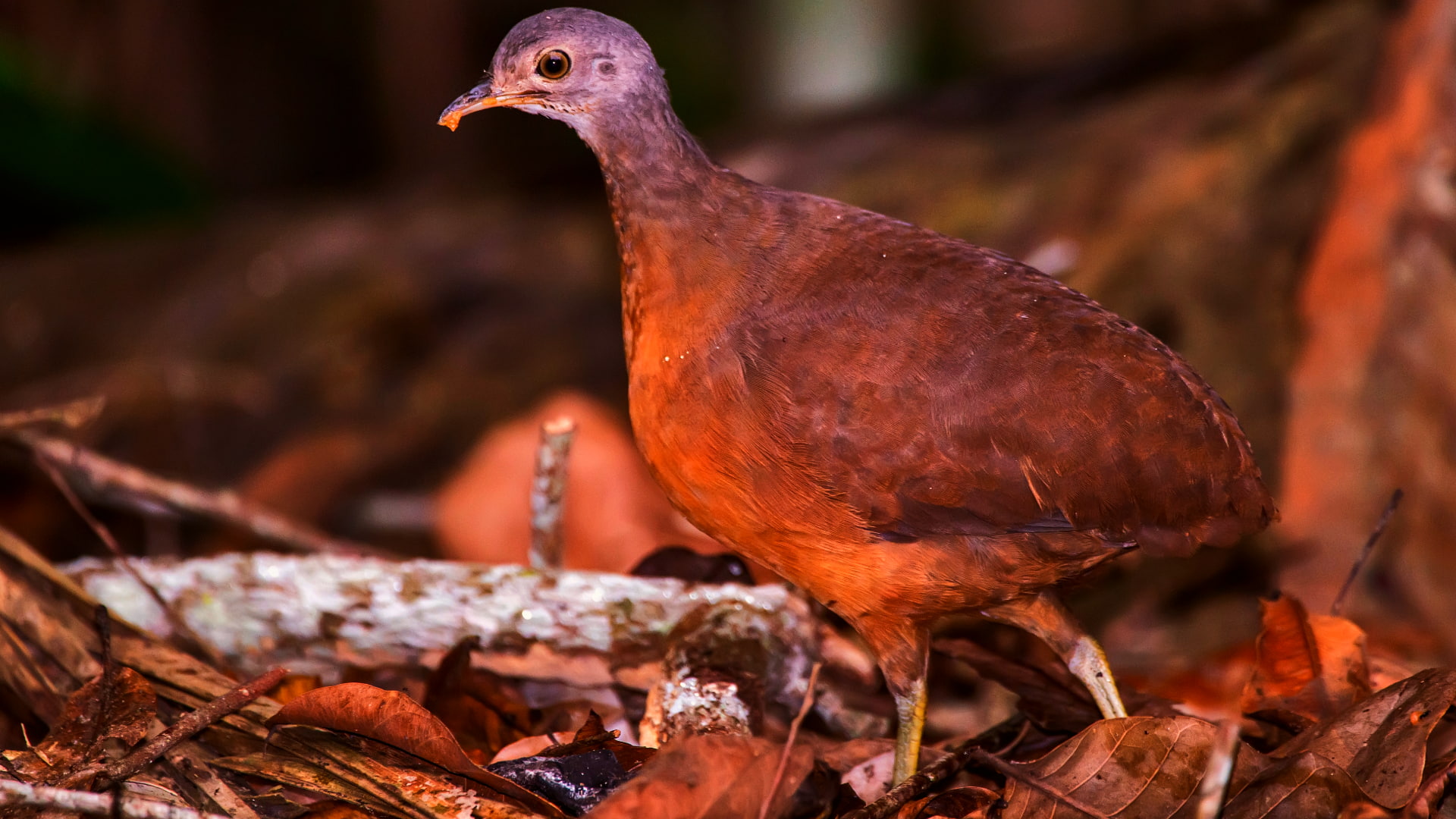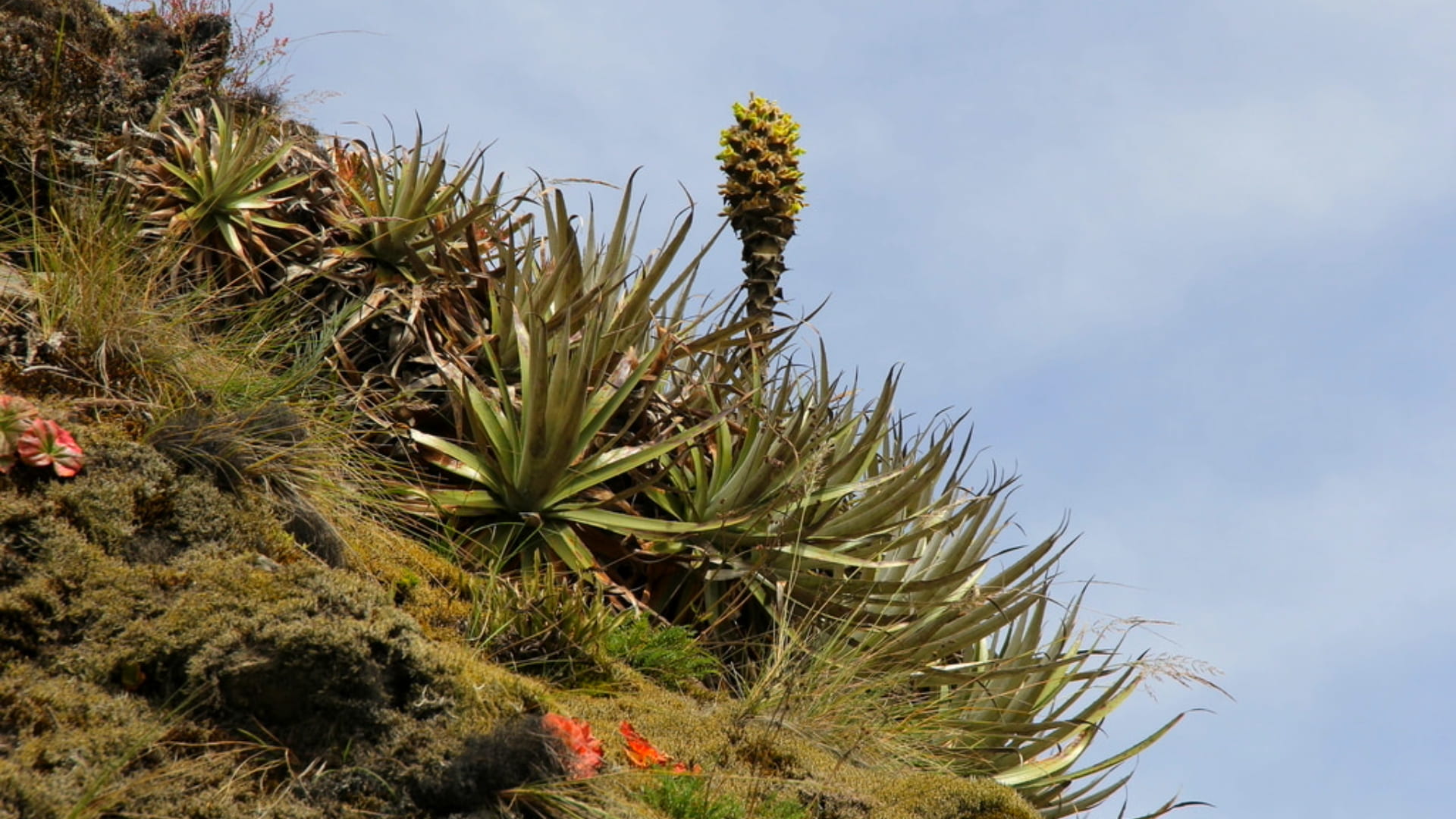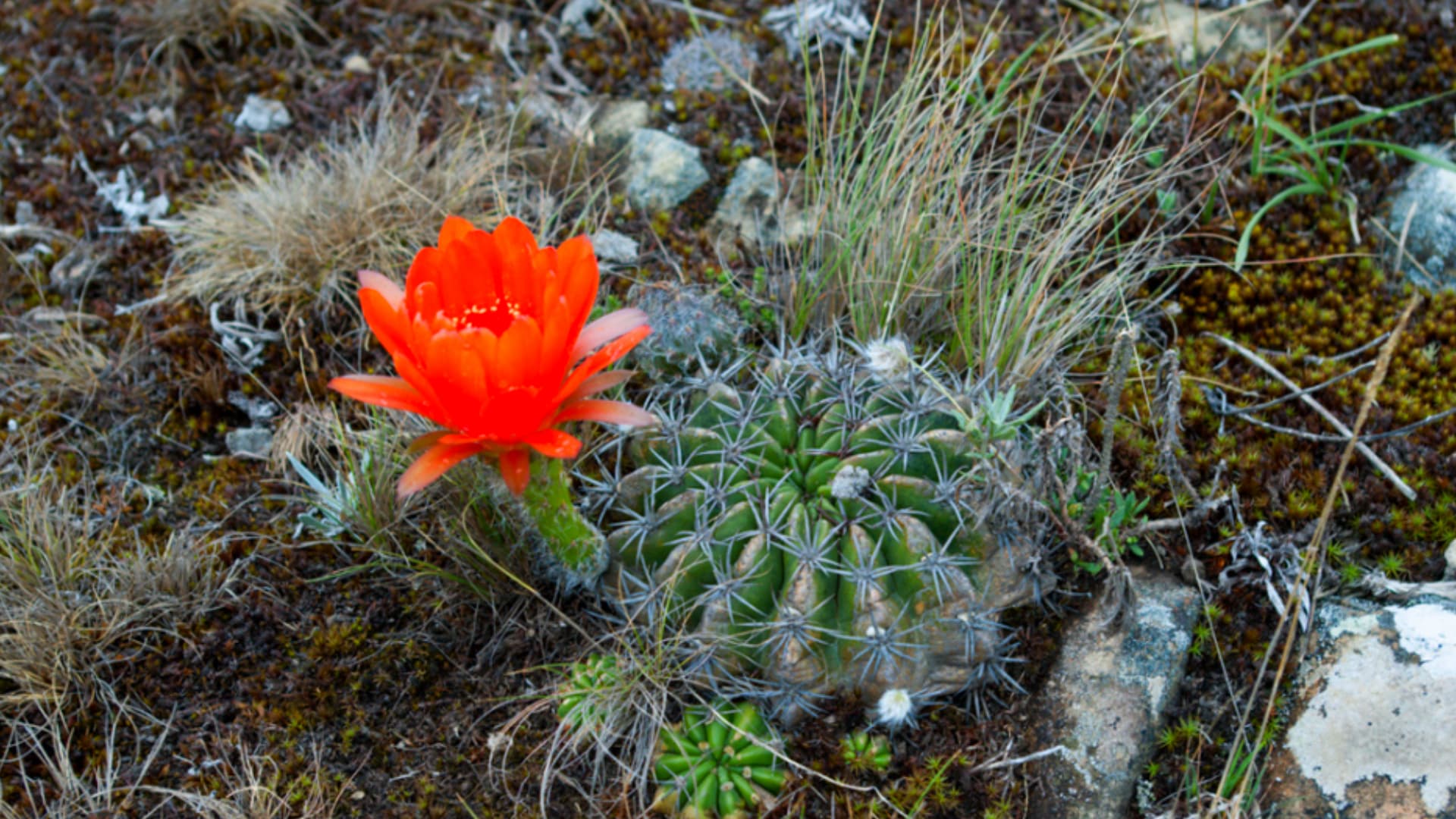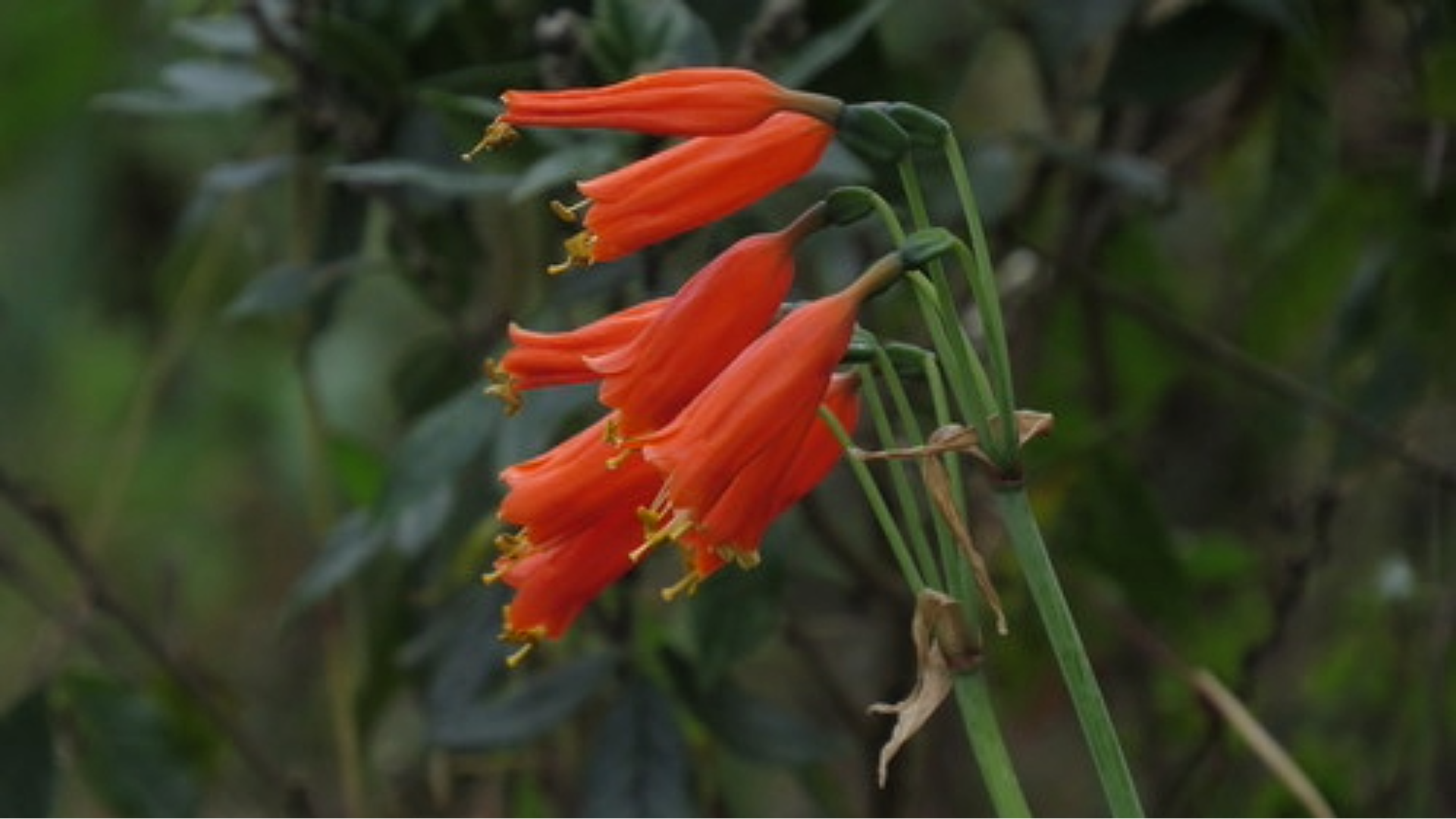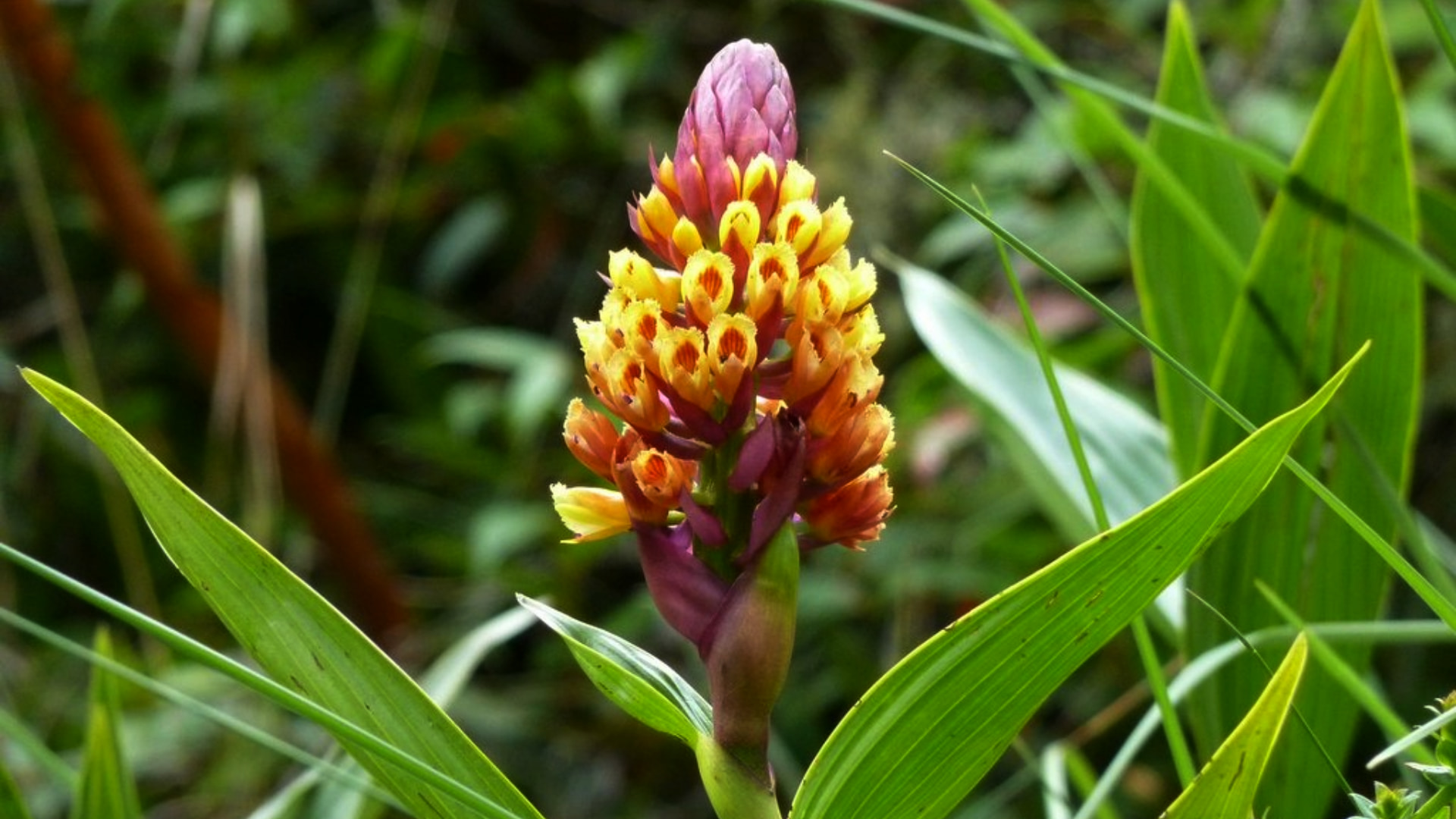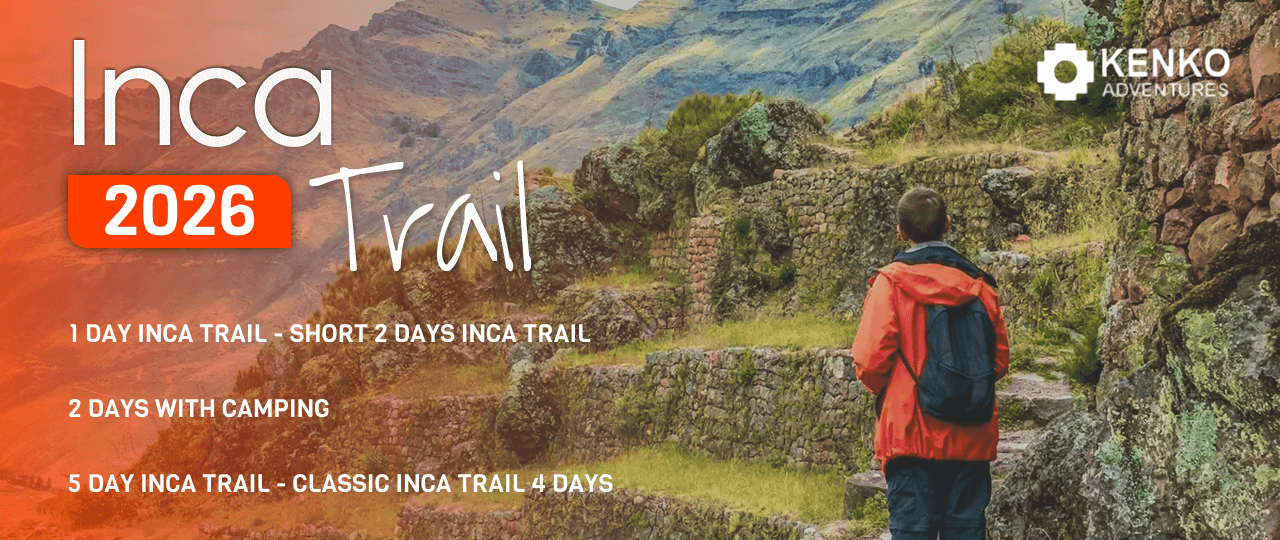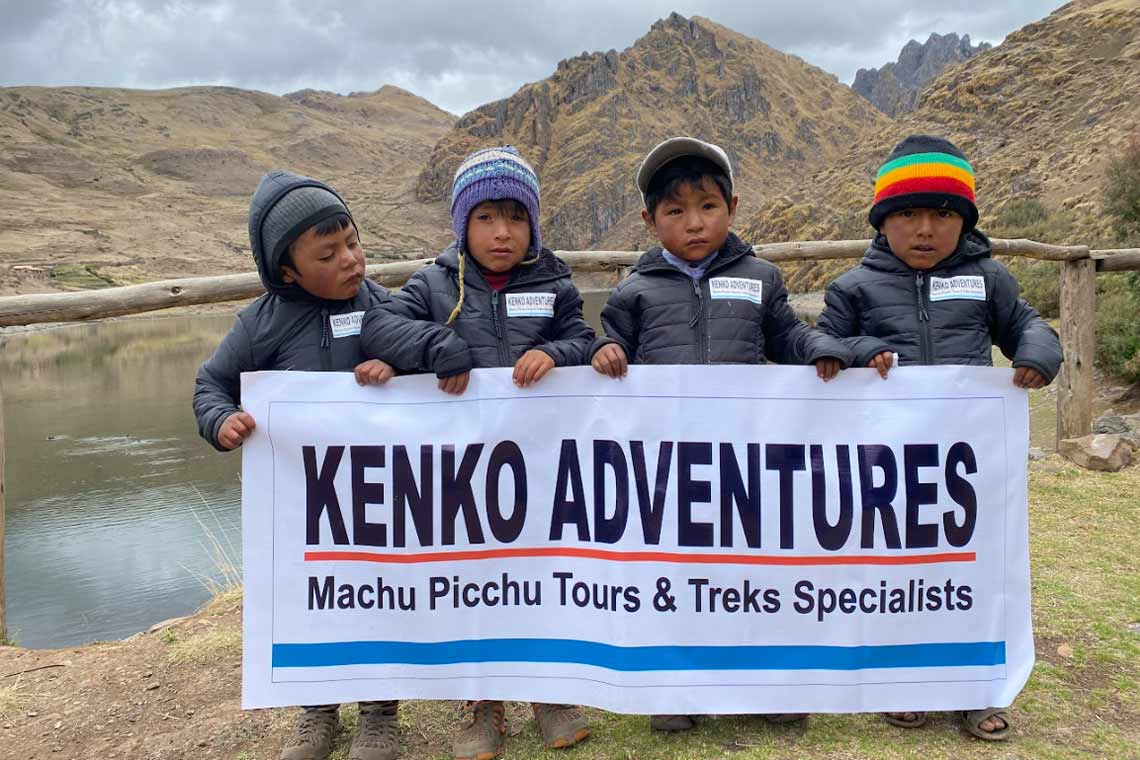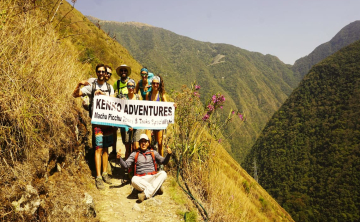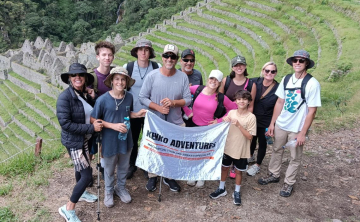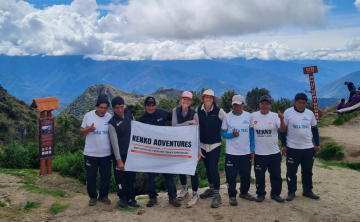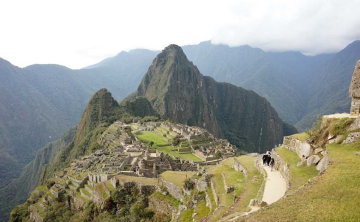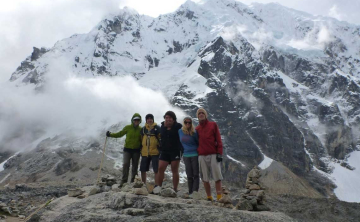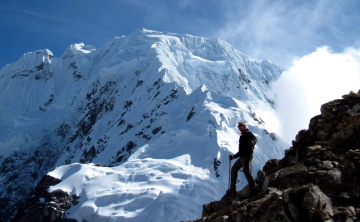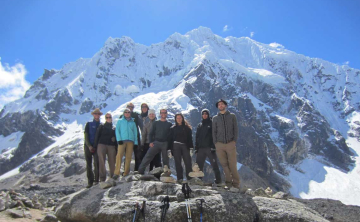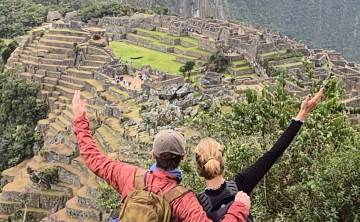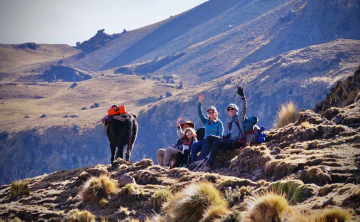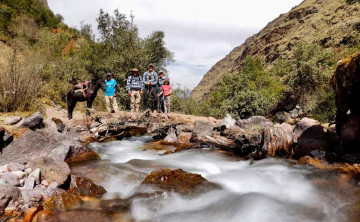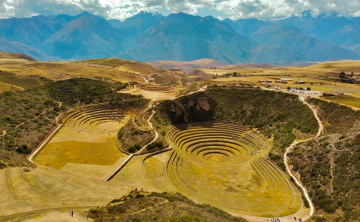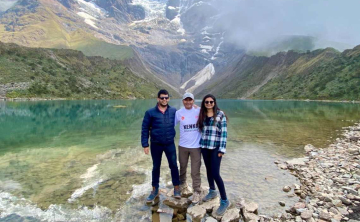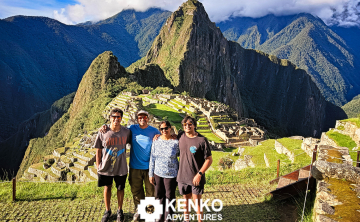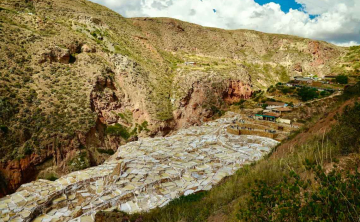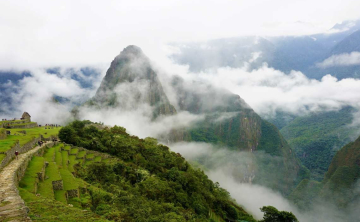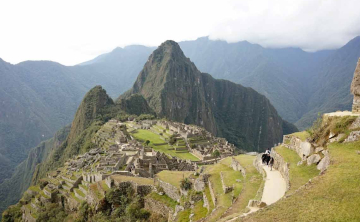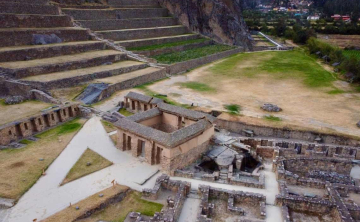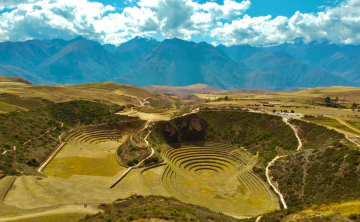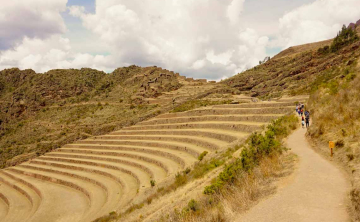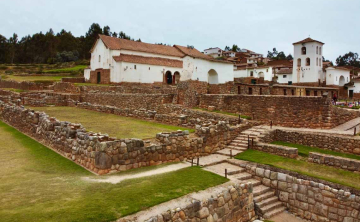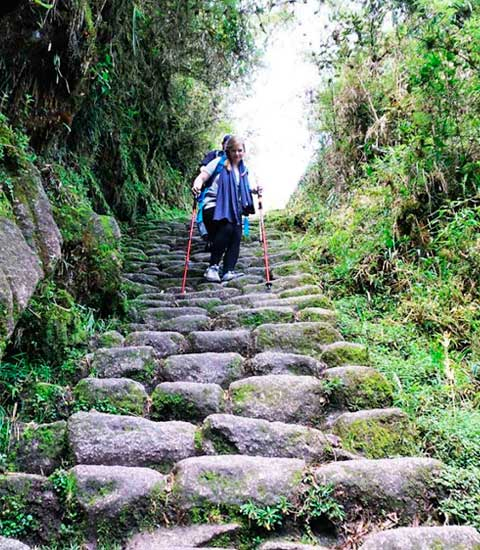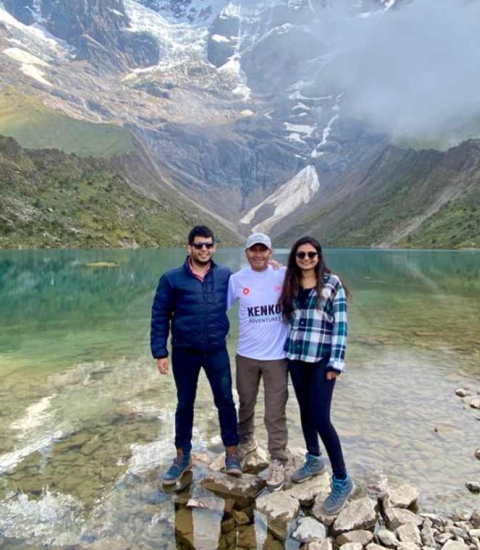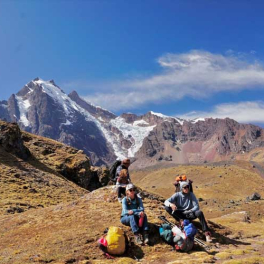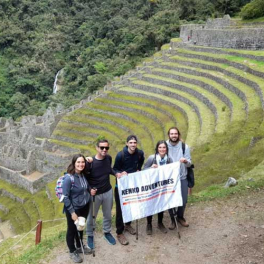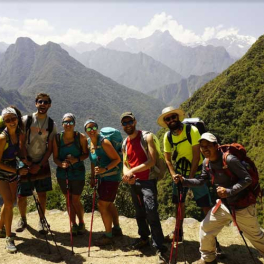Wildlife & Flora Found in the Inca Trail
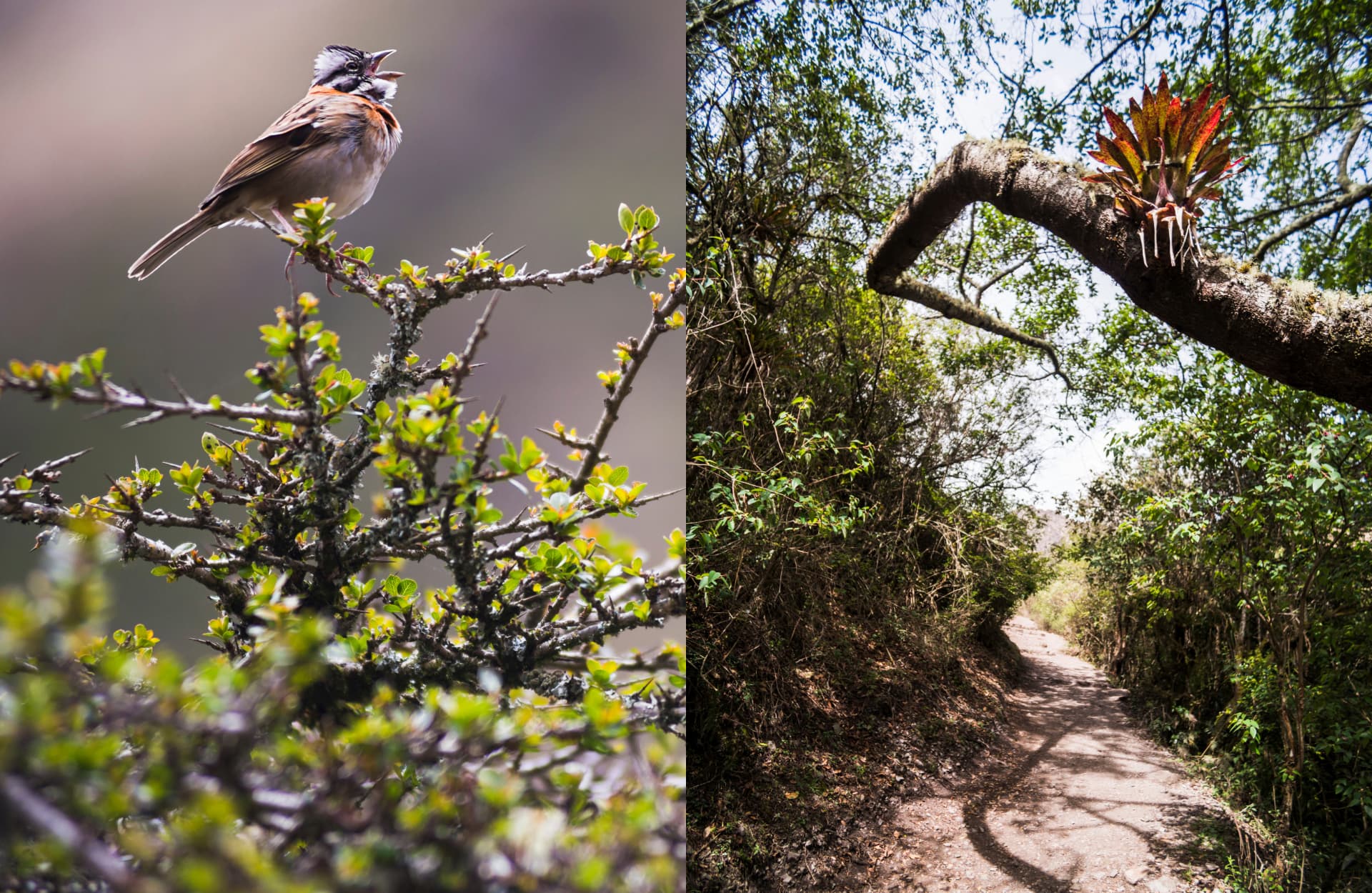
Welcome to our journey along the Inca Trail into the remarkable natural world found along this ancient path to Machu Picchu. We venture into the remote mountain valleys, to those evergreen valleys and cloud forests we pass through on our journey to Machu Picchu citadel.
The Inca Trail provides excellent habitats for an incredible diversity of birds, mammals, reptiles, amphibians, butterflies, also, during the tour along it you will be able to observe a diverse wild flora. Keep an eye out for cacti, ferns, puya bromeliads, vibrant orchids, and around 50 tree species per hectare, with almost 200 types of orchids documented, plus areas of moss, grasslands, bamboo, crops, bromeliads, and valuable timber trees like cedar and laurel. We'll also pass by plenty of food plants and medicinal species used by indigenous peoples.
Allow us to give you a brief introduction to the flora and fauna we can expect on the Inca Trail. You are in Kenko Adventures web and this is a reading tour about the fauna and flora of the Inca Trail!
Spectacled bear
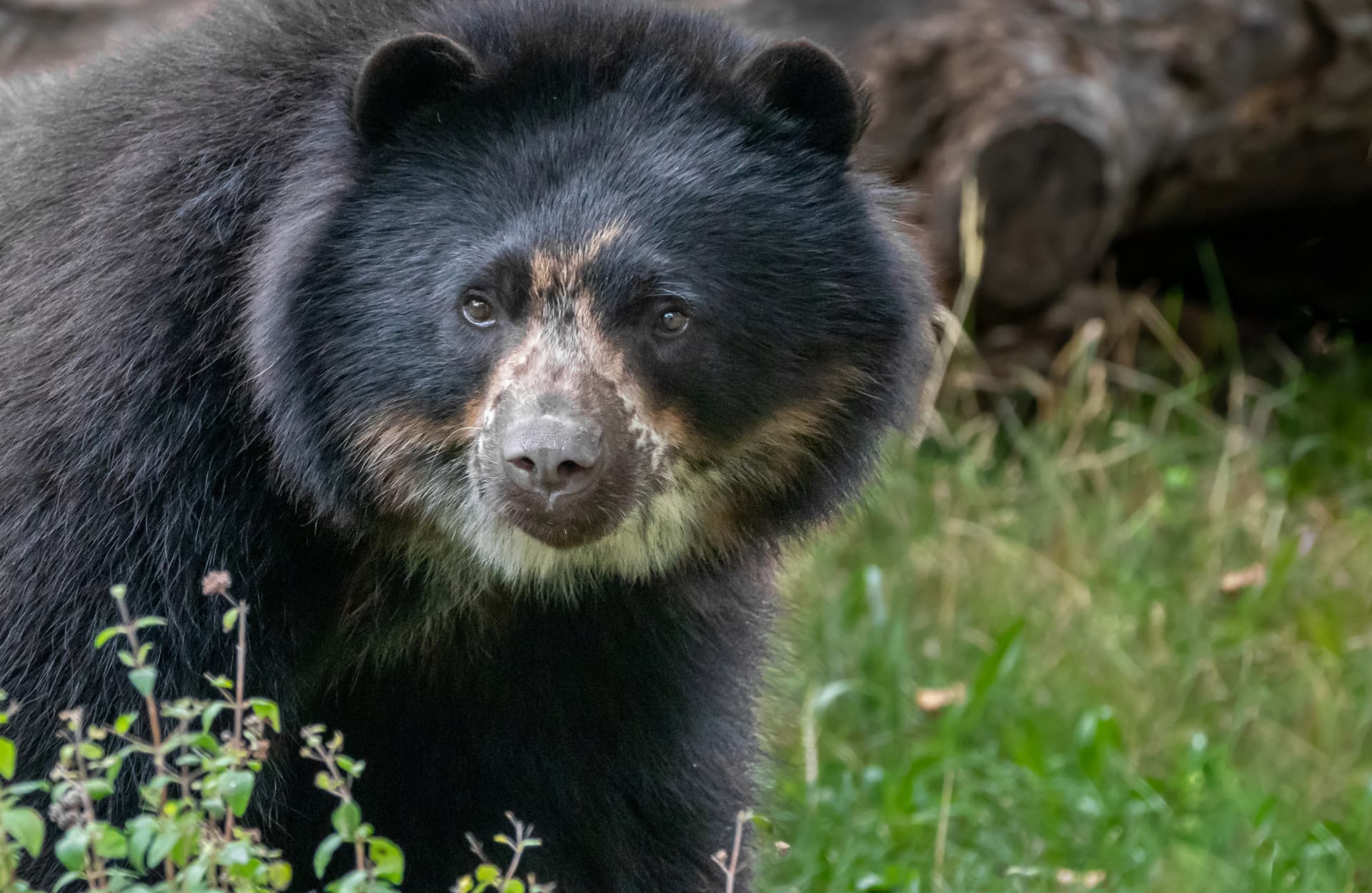
On the Inca Trail and its surroundings, keep an eye out for two remarkable creatures, the spectacled bear and the vibrant toucan. Spectacled bears, also known as el Oso de anteojos, have been spotted near Sayacmarca ruins. Despite their keen senses, they're shy and pose no real threat to hikers, mainly feeding on vegetation. Encountering one on the trail is an exhilarating adventure. With trekking poles in hand, prepare for more surprises from the diverse fauna along the ancient Andean paths to Machu Picchu!
Grey mountain toucan
The grey-breasted mountain toucan is truly a sight and sound to behold along the Inca Trail. You may hear their call, a nasal sound echoing through the mountain forests. Chances to hear and see to spot these colorful birds come during the midway point of our third day trekking from Phuyupatamarca towards the Sun Gate, as well as on the final approach to Machu Picchu.
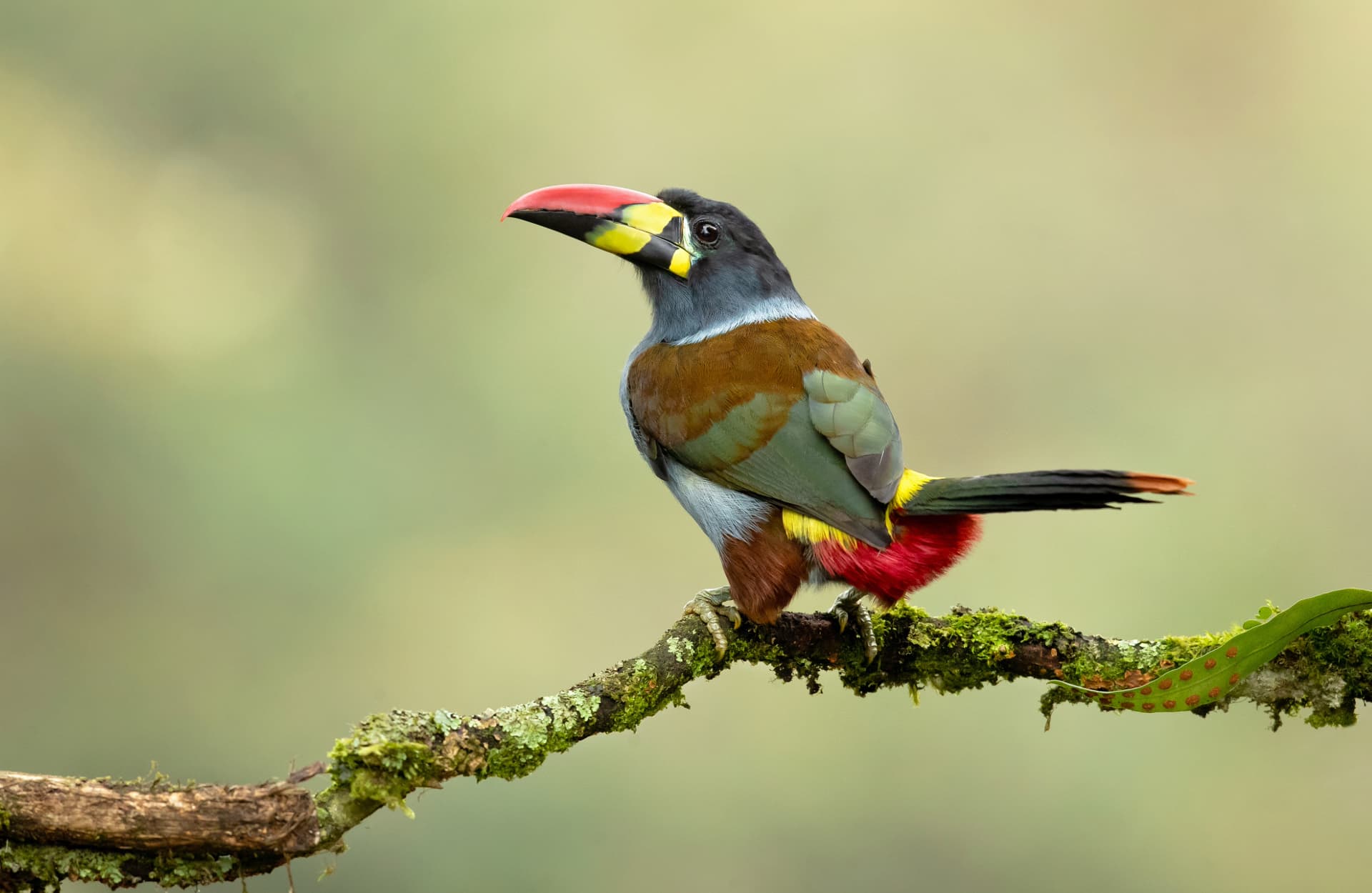
We may be lucky enough to catch glimpses of the toucans perched on branches, either solo, in pairs, or in small family groups. Hearing that unmistakable nasal toucan cry will let you know we've entered prime territory for spotting these remarkable birds along the trails.
Mountain caracará
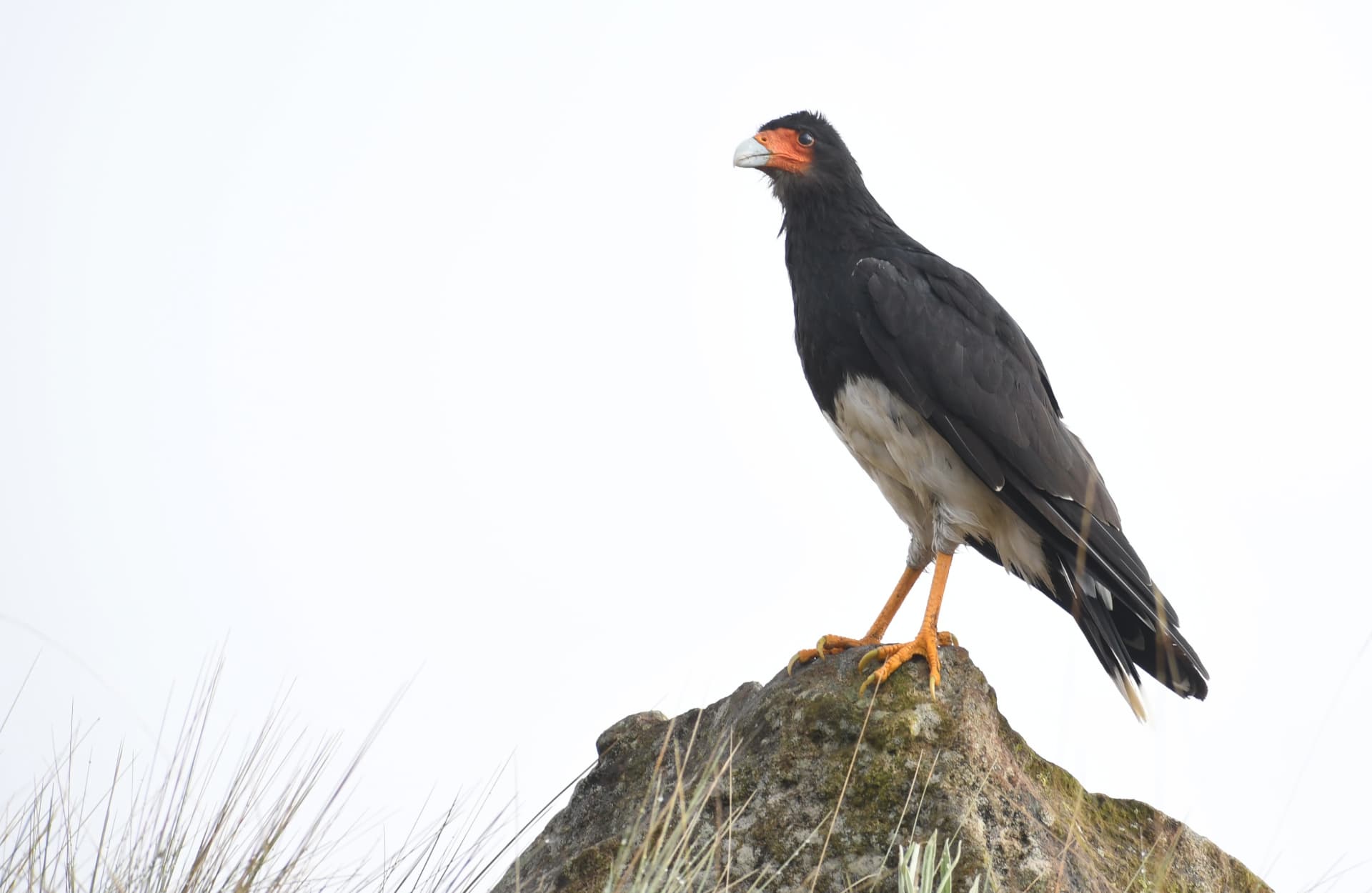
Watch the sky for the distinctive black and white patterns of the Caracara bird, with its orange beak poised for action. These elegant birds hunt ruthlessly, clutching reptile prey tightly in their talons. Witness their impressive hunting skills in the harsh Andean landscapes. They nest in secluded rocky areas away from Inca Trail paths, making sightings during treks near Dead Woman's Pass and Runcuracay Pass more likely on the second and third days.
Andean Guan
Listen carefully at dawn and dusk for the distinctive calls of Andean Guan echoing through the humid, bromeliad-rich mountain forests. These blackish birds with reddish dewlaps and silvery-white chest feathers are usually silent as they quietly move about the undergrowth. The early morning hike towards the Sun Gate offers one of the best chances to hear their unique calls reverberating through the trees.
Shining sunbeam
Keep your eyes peeled near Dead Woman's Pass for flashes of iridescent copper - the appropriately named Copper-Bellied Puffleg hummingbirds that frequent this high Andean stretch. These radiant little "sunbeams" hover amid the sparse bushes and flowers, sipping nectar with their short, specialized bills. Later, spot them gliding through the Pacaymayo area, snatching insects mid-air or perching delicately on flowering plants. Unlike many hummingbirds, their plumage lacks white markings, making their rich copper-and-green iridescence all the more striking against the stark, sweeping scenery. Keep your eyes and ears tuned for these flying jewels while trekking through their lofty realm.
Giant Humminbird
Marvel at the majestic giant hummingbird, with its resplendent head feathers, rapidly beating wings, and long bill perfectly suited for sipping nectar. These sparkling, wonderful little creatures patiently flit about the semi-arid slopes and Polylepis woodlands. Along the Inca Trail, look for them near Patallacta and the Pacaymayo Valley, where they frequent bushes and feed on nectar and flying insects with their specialized long bills. Catching a glimpse of these aerobatic marvels hovering amid the harsh yet beautiful Andean landscape is a true treat for any hiker.
Andean Condor
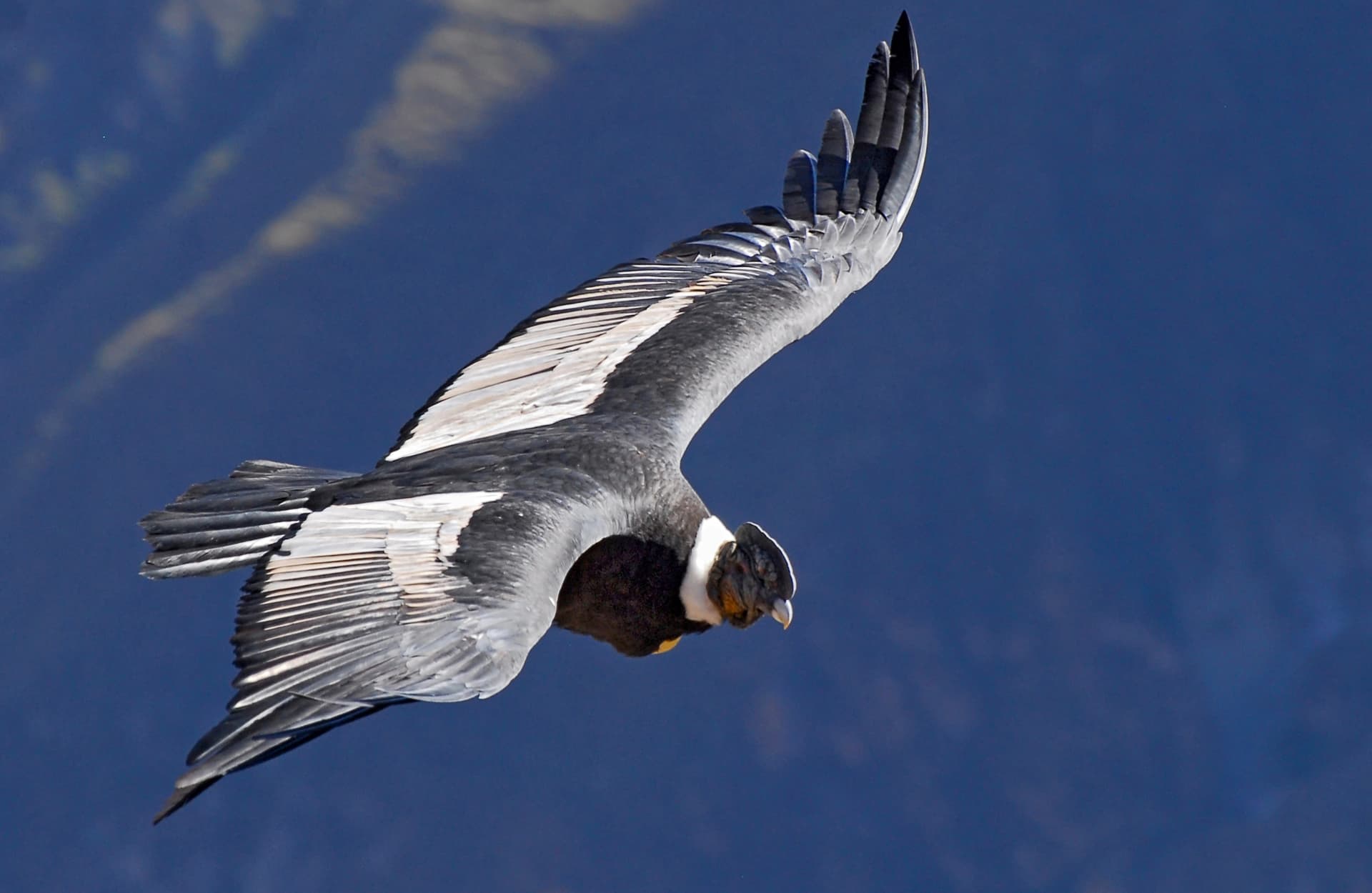
The mighty Andean condor is the king of these mountain realms. These largest flying land birds of South America, with their impressive 3-meter wingspans and 11kg weights, soar majestically over the steep cliffs and slopes where they make their nests. Sadly, human impacts have dwindled their populations, making sightings rarer than in years past along the Inca Trail to Machu Picchu. When scanning the skies, look for high-soaring black silhouettes, which from lower altitudes reveal the distinctive white collar and larger size of males versus the grayer, smaller females and dusky brown juveniles. Whether solitary, paired up, or in small groups, condors spend hours effortlessly riding the thermal currents in search of carrion - the remains of deer, alpacas, and calves. An unforgettable experience awaits those few fortunate enough to spot these remarkable scavengers gliding overhead.
Taruka or deer
Keep your eyes peeled near Runkuraqay Pass, where the magnificent horned bucks and elegant does of the deer species may be spotted grazing. Within the Machu Picchu sanctuary that the Inca Trail traverses, there are four different deer species that make their home - the miniature Sachacabra, the white-tailed deer, the larger Andean deer or Taruka, and the Chunyi or red brocket deer. With a bit of luck and timing, you may catch glimpses of these graceful creatures in the early morning or late afternoon hours once the trail crowds have thinned out. An unforgettable Andean wildlife sighting awaits those who patiently scan the forests and slopes for these elusive highland cervids.
Andean Bothrops or la Jergona
Est├ę atento a las fer-de-lances o v├şboras maestras del monte mientras camina desde Phuyupatamarca a Machu Picchu a trav├ęs de los bosques h├║medos. Estas serpientes venenosas emergen para tomar el sol despu├ęs de noches fr├şas, buscando presas. Si te encuentras con uno, dale espacio para que siga adelante sin acercarse, respetando su territorio. Mantente alerta en el antiguo camino inca a trav├ęs de su h├íbitat.
Mitred parakeets

Keep an eye out for fer-de-lances or bush master vipers as you trek from Phuyupatamarca to Machu Picchu through the humid forests. These venomous serpents emerge to bask in the sun after cold nights, hunting for prey. If you encounter one, give it space to move on without approaching, respecting its territory. Stay alert on the ancient Incan road through their habitat.
Andean Fox
Listen for eerie screams around the Huayllabamba camp area, signaling the presence of stealthy foxes. These clever canids are rarely seen by day but are known for raiding village chickens and sheep. With keen senses and thick fur, they silently stalk prey and forage for fruits and insects. Their screams remind us of our shared space with these elusive nocturnal hunters. Pay attention, and you might catch a glimpse of these resourceful mountain foxes.
Coati
Keep an eye out around the Sun Gate and Hui├▒ayhuayna for groups of ring-tailed coatis, also known as "nasua nasua." These social animals move in family groups, led by mothers with distinctive white rings around their long tails. Coatis are omnivores, foraging for nuts, fruits, rodents, and lizards as they vocalize and move along the trails. Encounter these charismatic, diurnal creatures in the lush cloud forests near Machu Picchu, where their clever antics and unique tails are sure to delight.
Moustouched flower piercer
Keep an eye out for these little black birds with white streaked cheeks, often seen flitting actively among flowers and leaves along the Inca Trail and at Machu Picchu. They are the eternal rivals of hummingbirds, as they also feed on flower nectar. Found between 2000 m and 3000 m, their dynamic movements are a common sight in this habitat.
Andean thrush
One bird you're sure to encounter while hiking the Inca Trail is the Andean thrush, also known as Zorzal. Found in areas between 2000 m and 4000 m, they frequent valleys like km 82, Kusichaca, Huayllabamba, and Sayacmarca. These birds, ranging from black to brown with yellow legs and bills, can be seen hopping in pale grassy areas for seeds and worms. They also feed on fruits and berries in bushes and trees. Unperturbed by animals or humans, they may even mingle with domestic fowl, as observed in the Huayllabamba sector.
Takzanowski┬┤s Tinamou
Keep an eye out for tinamous while hiking the Inca Trail, especially near Runku Raqay Pass and Chaquicocha Camp. These birds forage in rocky and grassy slopes with shrubbery. Interestingly, they call repeatedly from within bushes on rainy days, their somewhat saddened calls echoing through the damp air. Shy and swift, they have dark gray plumage with pale streaks and spots, a slightly curved bill, and a white throat. Reports mention tinamous walking with their chicks, a delightful sight for Inca Trail wildlife enthusiasts. They inhabit elevations between 2800 and 3800 meters.
Puma or cougar
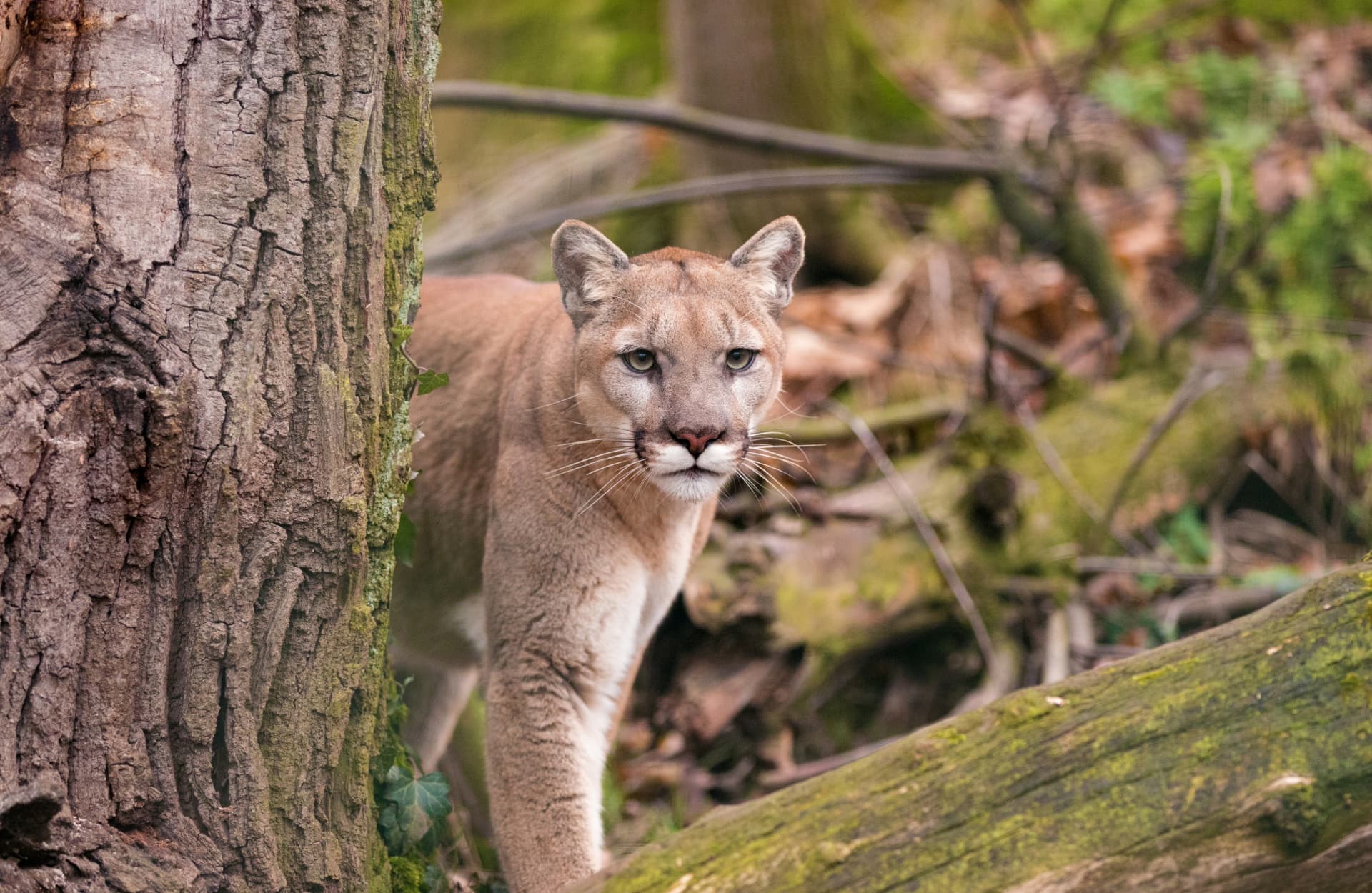
The Andean puma, also known as the mountain lion, is the second largest feline in South America after jaguars. Feared by both animals and humans, it's the fiercest feline of the Andes. While sightings in the Machu Picchu sanctuary's 37,000 hectares are rare due to their nocturnal nature, reports and photos from trap cameras confirm their presence. These elegant cats primarily feed on raccoons and deer, sharing their ecosystems with these prey animals.
Now we will show you three important categories of the flora that you will see during the Inca Trail tour.
Puyas
Puya: Puya Bromeliaceae
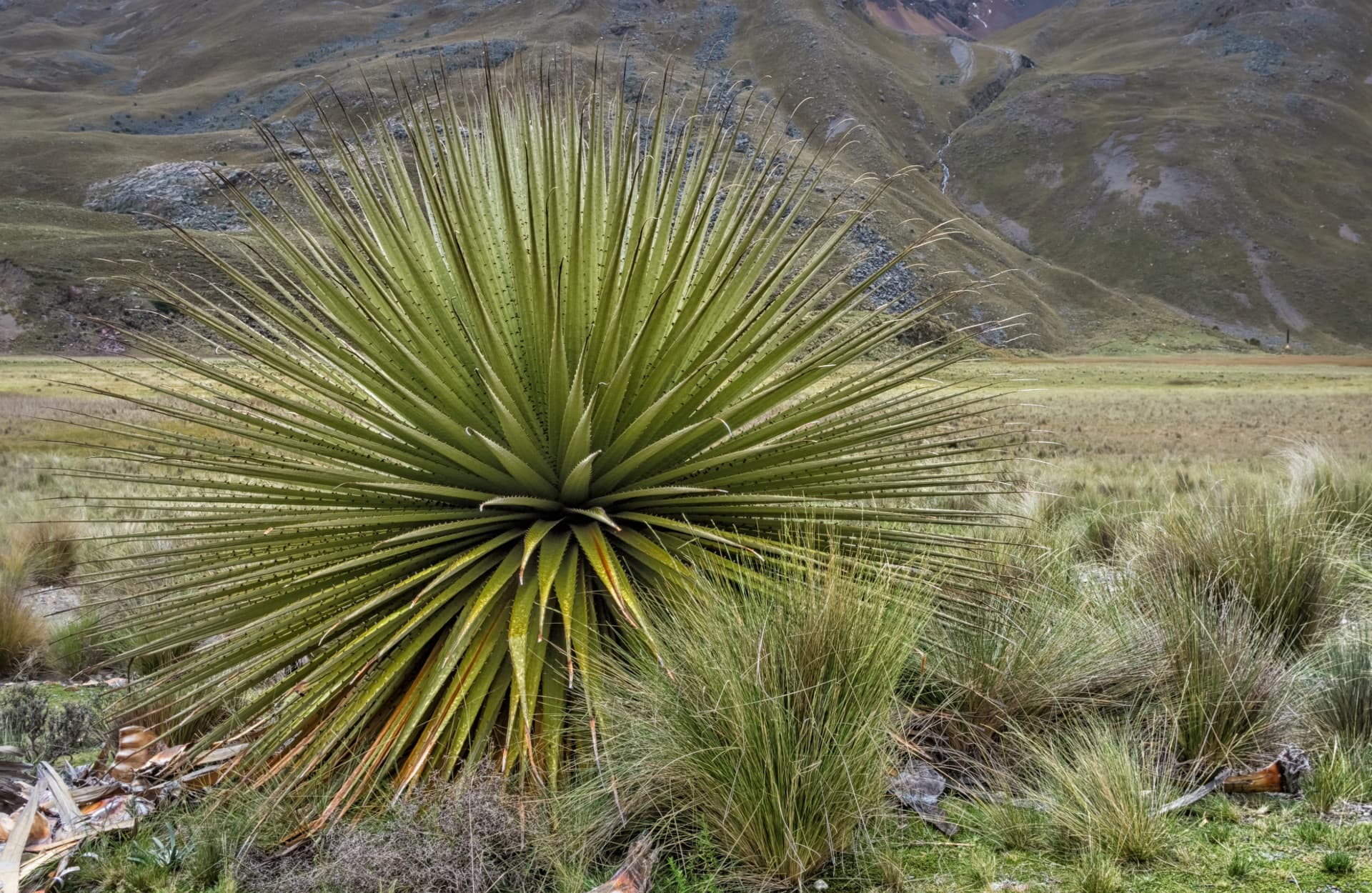
Puyas, part of the bromeliad family and classified under the genus Puya, are known for their long, spiny leaves adapted to store water in dry conditions. Endemic to the Andes, they can be found in various habitats ranging from cloud forests to paramos.
Puya: Puya herrerae
Puya herrerae is a flowering plant in the bromeliad family. As a perennial, terrestrial, and monocarpic species, it dies after flowering. Its ornamental beauty attracts tourists, contributing to ecotourism in the region. Beyond aesthetics, it serves as a food source for various animals, including birds and bats, highlighting its ecological significance.
Cactus
Cactus: Lobivia Calorubra
Lobivia calorubra is a type of cactus, characterized by succulent, cylindrical, and branched stems, growing up to 30 cm tall. Its flowers are typically red or orange and bloom from September to November. Caution is advised when handling the plant due to its thorns, which can cause pain and irritation.
Cactus: Opuntia ficus-indica
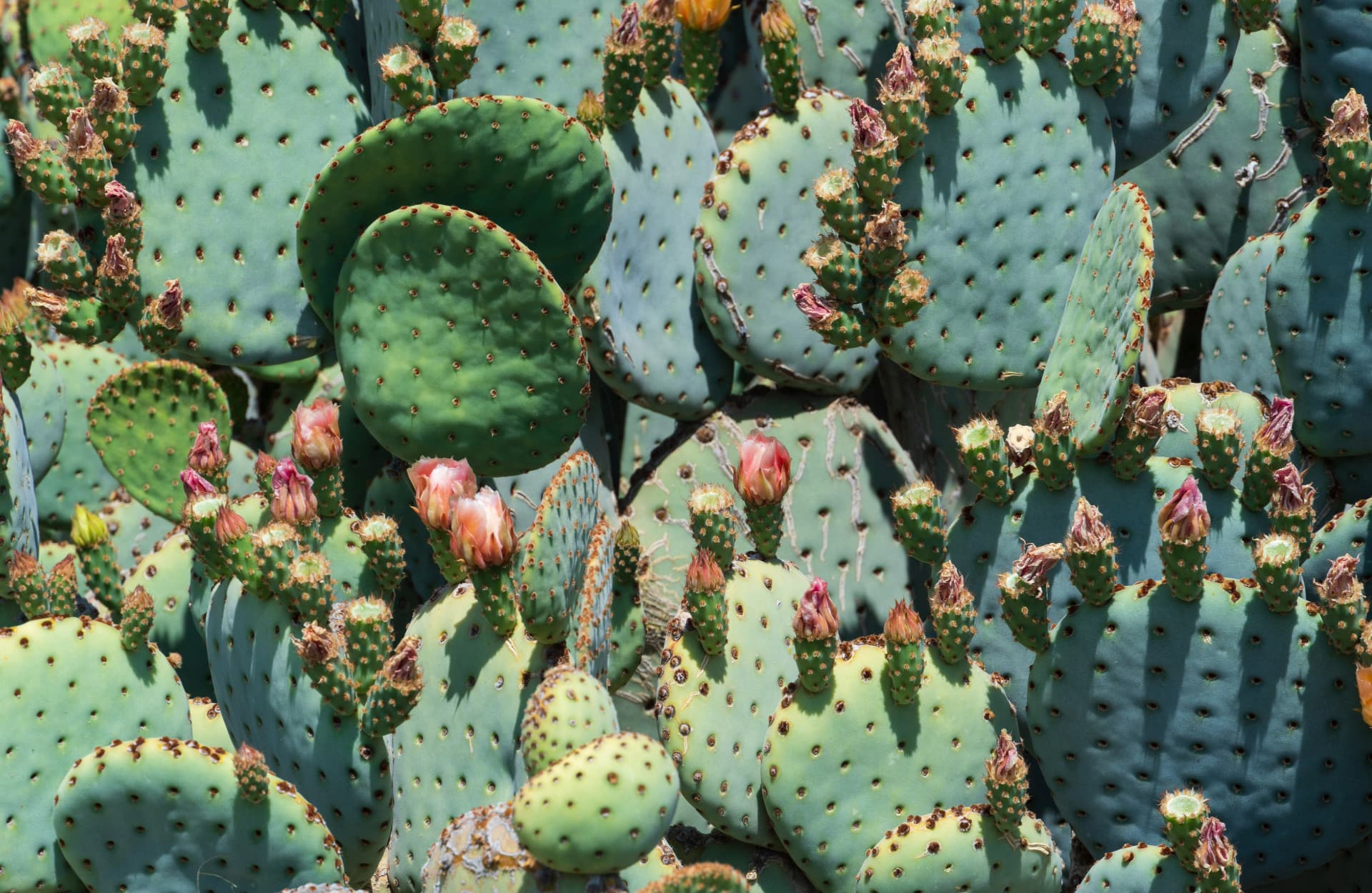
The Opuntia ficus-indica is important for communities along the Inca Trail. Its fruits are a valuable food source, and the stalks are used for making jams, sweets, and fodder for livestock. It thrives in arid regions and was utilized by the Incas for food, water, and medicinal purposes. Caution is advised when handling due to its spines, which can cause pain and skin irritation.
Campanilla: Stenomesson miniatum
The Bellflower, scientifically named Stenomesson miniatum, graces parts of the Inca Trail to Machu Picchu with its perennial bulbous beauty. Endemic to the Andes, it thrives at elevations of 2,500 to 3,500 meters. With enchanting deep red, bell-shaped blossoms, it forms clusters of up to 10 flowers each. Fondly referred to as La Campanilla, it delights hikers along the trail from Abra Málaga to Inti Punku.
Orquidea
Orquidea: Elleanthus aureus
Elleanthus aureus is an epiphytic orchid known for its vibrant yellow flowers with a white lip speckled with purple. These medium-sized flowers grow in clusters of up to 10 specimens. With long, dark green, leathery leaves, the plant can reach heights of up to 50 cm.
Orquidea: Masdevallia veitchiana

The Masdevallia veitchiana, also called the "Golden Angel Orchid," is a standout species along the Inca Trail to Machu Picchu. This epiphytic orchid, belonging to the Masdevallia genus in the Orchidaceae family, enchants with its golden-yellow flowers often decorated with delicate red stripes and spots. Endemic to the Andes, it flourishes at moderate altitudes, typically between 2,000 and 3,500 meters above sea level, and is recognized as one of the region's most iconic orchids.
Orquidea: Epidendrum secundum
The Epidendrum secundum orchid, known as the "Queen of the Andes," is a unique species seen along the Inca Trail. Recognized for its dense clusters of small flowers in white or pale yellow, it emits a delicate floral scent. This epiphytic plant, which grows on other plants without harming them, thrives in cool, humid environments, often found in misty areas or near water sources along the Inca Trail.
It is your time to undertake the Inca Trail and find Wildlife and Flora in nature.

